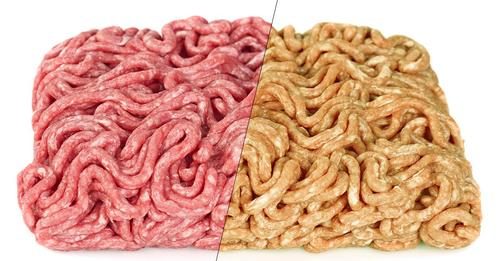Food Safety: Everything You Need To Know About The Gray Area On Salmon
Salmon, like steak, can be a showstopper when you're planning a special meal to treat yourself and your loved ones. Like most fishes, however, there's a lot you can learn about your salmon. One which may particularly raise concern is the dark gray area usually spotted just beneath the skin of the salmon. Read along to know why this exists and possible risks it may pose to your health.
;Resize,width=742;)
If you have cooked salmon or even just had it served before you, then you must have noticed a distinctly gray area, which is of a sharper contrast to the pink hue of other parts of the salmon.
Unlike the common misconception that this gray part may be a sign of the fish being unfresh, experts say it is an absolutely normal occurrence. Infact, this area is bestowed with more health benefits than you may believe.
According to nutritionists, this gray area of tissue is created by a fatty deposit that's rich in omega-3 fatty acids and low in the natural pink pigments found in the rest of the fish.

Aside from the obvious changes like the tissue's darker hue and nutritional content, there is very little else that differentiates this gray area from the other parts of the salmon.
However, an experiment done to check for how this gray area may affect the overall taste of the salmon provided reports that it subtly affects the taste of the fish.
The report reads:
"Only a few discerning tasters noted that the samples with the gray substance had an ever-so-slightly fishier flavor; most couldn’t tell the difference."

Fortunately, this gray area can easily be removed by first peeling the skin of the cooked salmon and then scraping it away with a knife. However, you probably don't have to bother doing this because you won't even be able to discern any major difference in the taste.
;Resize,width=767;)
;Resize,width=712;)

;Resize,width=712;)
